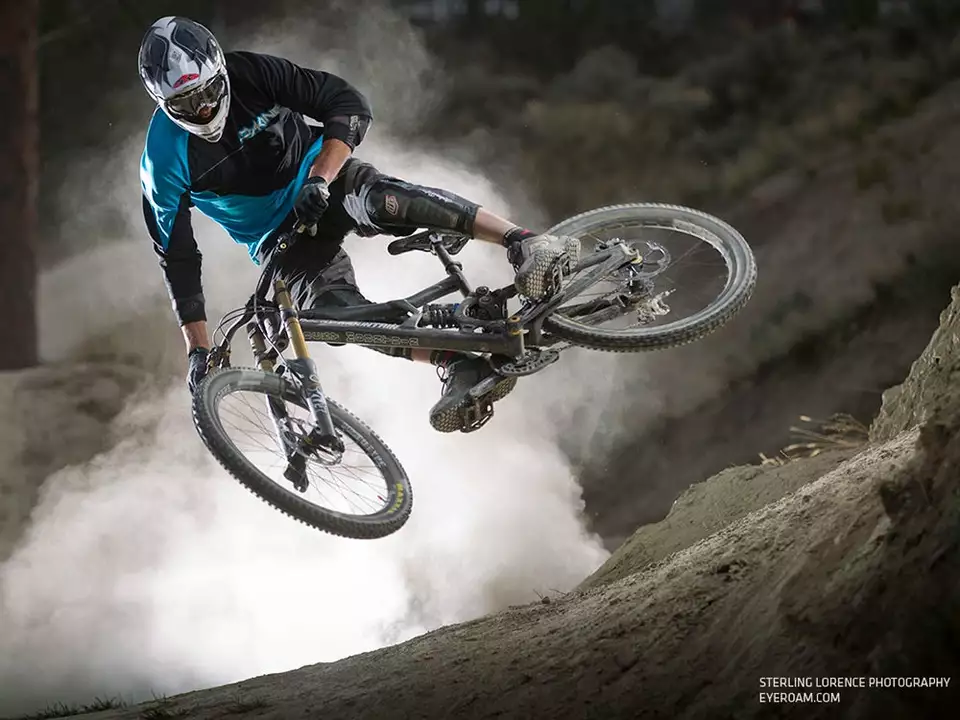May 2023 Cycling Archive – Professional Cyclist Downhill Speed
When talking about Professional Cyclist Downhill Speed, the peak velocities that elite road racers reach while descending steep terrain. Also known as downhill performance, it blends physics, skill and gear. The professional cyclists you see tearing through mountain passes rely heavily on Aerodynamics, how air flow interacts with the rider and bike shape to reduce drag and precise Bike Handling, the ability to steer, brake and balance at high speeds. Together they form a recipe that lets riders hit 60‑70 km/h on average, and sometimes push past 100 km/h when the road is straight and wind is calm.
Key factors that power extreme descents
Downhill speed is not just about going fast; it’s a balance of forces. Gravity supplies the raw energy, pulling the cyclist downhill, while aerodynamics controls how much of that energy gets lost to air resistance. Good Bike Handling, sharp cornering, smooth braking and stable body positioning lets a rider stay on the optimal line, preserving momentum. Meanwhile, Safety Gear, helmet, gloves and protective clothing designed for high‑speed impacts reduces risk, allowing racers to push closer to the limits without compromising safety.
These elements interact in clear ways: Gravity provides the push, Aerodynamics shapes how much of that push turns into forward speed, and Bike Handling decides whether that speed is maintained around bends. When the wind aligns with the descent, aerodynamics can even give a boost, while crosswinds demand extra skill from the rider. Equipment choices matter too – a shallow‑rim wheel reduces drag, carbon frames cut weight, and integrated cockpit designs lower the rider’s profile. All of these decisions are reflected in the average 60‑70 km/h figures reported for most pro downhill runs, and the rare 100 km/h bursts seen in sprint descents.
Understanding this blend of physics and technique helps anyone who watches a race or dreams of taking the bike off the road. In the posts below you’ll find a deep dive into the numbers behind professional downhill speeds, stories about how riders train their handling skills, and tips on choosing gear that improves aerodynamics without sacrificing safety. Ready to see the data, the tricks, and the gear that make those jaw‑dropping descents possible? Keep reading – the collection ahead unpacks each piece of the puzzle in plain language and real‑world examples.
